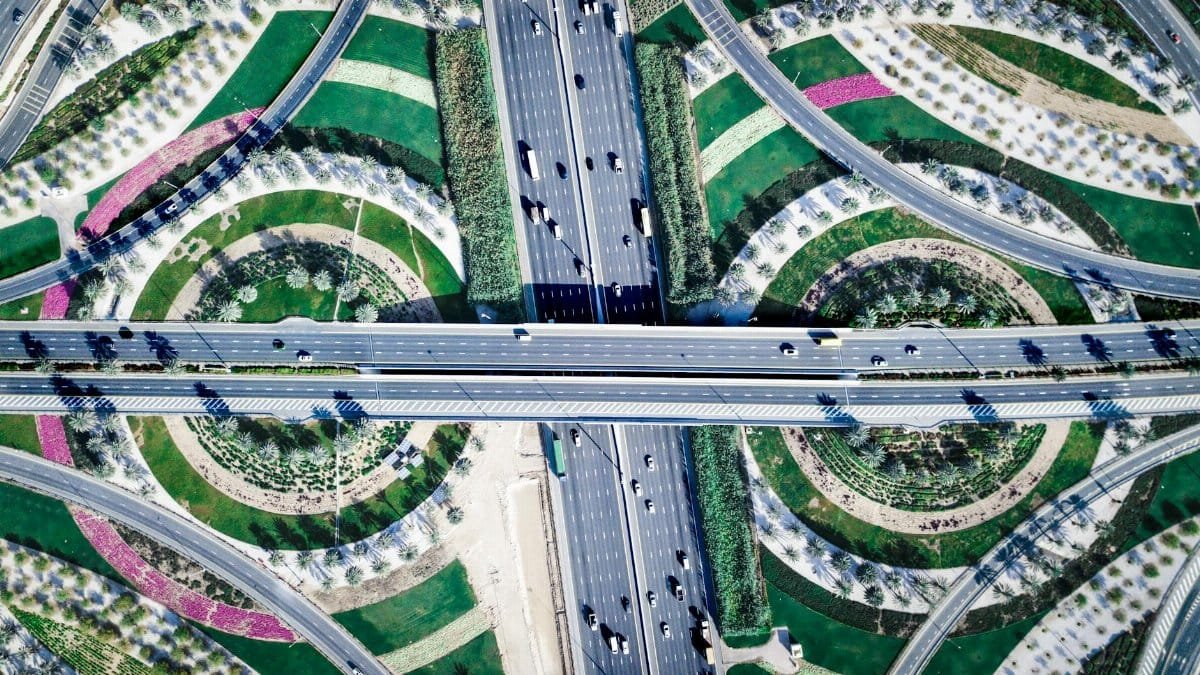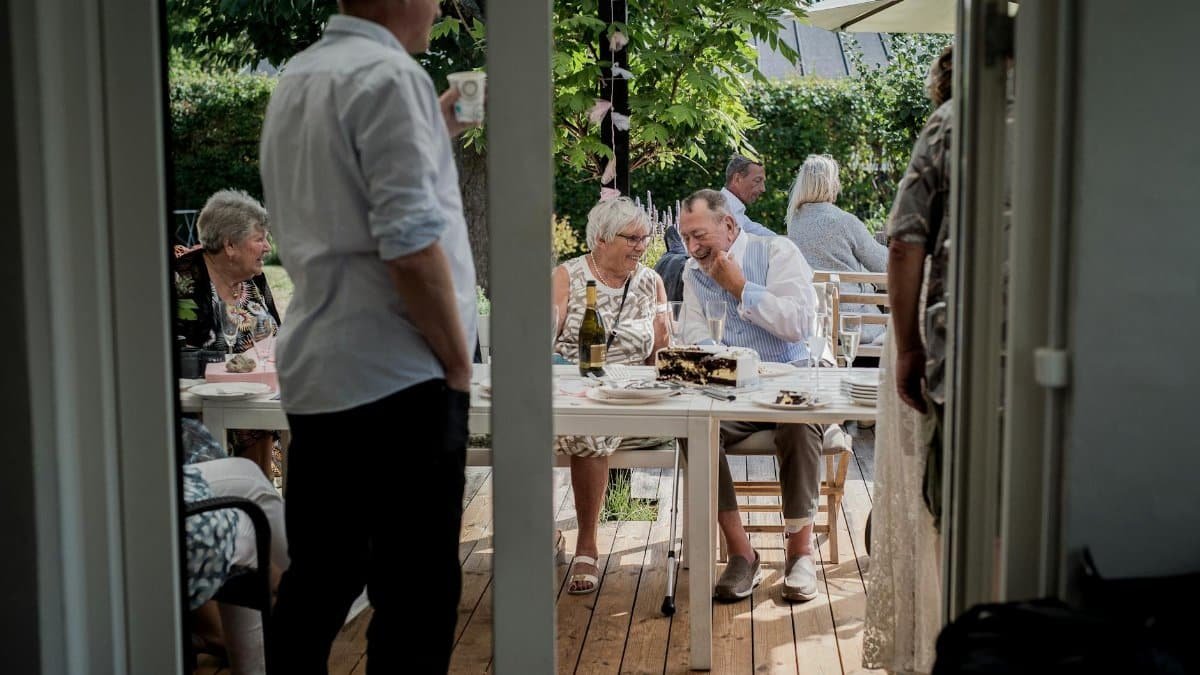Walk down the streets of Detroit or South Los Angeles these days, and a quiet revolution catches the eye. Amid vacant lots and under-resourced neighborhoods, patches of green are sprouting up, tended by local hands. These aren’t just gardens; they’re lifelines. Community gardens models, as varied as the people who plant them, are redefining how food deserts—areas with limited access to affordable, nutritious food—fight back against scarcity. From shared plots to mobile green spaces, these initiatives are stitching together communities while filling plates. They’re not a one-size-fits-all solution, but their adaptability is their strength. As urban and rural areas alike grapple with systemic inequities in 2025, these models offer a glimpse of what’s possible when neighbors dig in together. How are they reshaping access to food and connection? Let’s look at ten distinct approaches making a difference.
1. The Cooperative Plot Model

In many urban food deserts, the cooperative plot model reigns as a starting point. Here, community members share a single piece of land, divvying up responsibilities for planting, weeding, and harvesting. Each participant gets a portion of the yield, ensuring no one goes without. In cities like Chicago, this model has turned empty lots into vibrant hubs. It’s not just about the carrots or kale; it’s about the trust built over shared sweat. One local organizer noted the unspoken rule: if someone can’t tend their share one week, others step in. The catch? Limited space often means waiting lists. Still, the model’s simplicity makes it a gateway for first-time gardeners and a foundation for tighter-knit neighborhoods.
2. The School-Linked Garden Approach

Picture a schoolyard in Oakland, buzzing not just with kids but with parents and teachers hunched over raised beds. School-linked gardens tie education to food access, teaching students about nutrition while sending produce home to families. These programs, often supported by grants, tackle food insecurity at its root by empowering the next generation. A 2021 report from the U.S. Department of Agriculture highlights how such initiatives increase children’s vegetable consumption by 40%. The challenge lies in funding consistency, but when it works, the ripple effect—healthier diets, engaged learners—is undeniable.
3. The Mobile Garden Unit

Not every community has land to spare. Enter the mobile garden unit, a clever twist on traditional setups. Think shipping containers or trailers outfitted with hydroponic systems, parked in food desert hotspots like parts of rural Appalachia. These portable gardens bring fresh greens to areas where soil or space is scarce. They’re often run by nonprofits, with setups that can move seasonally or weekly. Maintenance is tricky, and costs can climb, but the flexibility to reach isolated folks makes this model a game-changer. It’s a rolling reminder that innovation can grow anywhere.
4. The Faith-Based Garden Network

Churches, mosques, and synagogues have long been community anchors, and in food deserts, they’re often untapped resources for land and volunteers. Faith-based garden networks use these spaces to cultivate food and fellowship. In Memphis, for instance, congregations have banded together to share harvests with congregants and neighbors alike. The spiritual framing often draws in volunteers who might shy away from secular efforts. A study by Pew Research Center notes the deep trust in faith institutions among underserved groups, amplifying impact. Yet, scaling beyond local reach remains a hurdle.
5. The Rooftop Collective Model

In dense cities like New York, ground space is a luxury. Rooftop collectives turn unused building tops into lush gardens, often managed by apartment dwellers or small businesses. These elevated plots not only grow food but also cool buildings and cut energy costs. A 2020 analysis by National Renewable Energy Laboratory found urban rooftop gardens can reduce heat absorption by up to 30%. The downside is access—stairs or elevators limit who can participate. Still, for high-rise communities, this model literally elevates the fight against food scarcity.
6. The Intergenerational Garden Hub

Some community gardens models bridge age gaps deliberately. Intergenerational hubs pair seniors with youth, combining wisdom with energy. In Philadelphia, one such garden sees retirees teaching teens how to compost while kids help with heavy lifting. The result isn’t just tomatoes—it’s mentorship. Elders share stories of past harvests; kids gain a sense of purpose. The model fosters resilience in food deserts by building bonds as strong as the soil. Scheduling conflicts can disrupt participation, but when it clicks, the human harvest outweighs the literal one.
7. The Therapeutic Garden Space

Food isn’t the only yield in some gardens. Therapeutic spaces prioritize mental health alongside nutrition, offering a sanctuary in stressed-out food deserts. In parts of Baltimore, veterans and trauma survivors tend plots as part of healing programs. The act of nurturing plants mirrors personal growth, say advocates. Research from the National Institutes of Health supports this, linking gardening to reduced anxiety levels. These gardens often need trained facilitators, which can strain budgets, but for participants, the calm cultivated is priceless.
8. The Market-Connected Garden

What if a garden could double as an economic engine? Market-connected models link community plots to local farmers’ markets or small grocers, selling surplus produce to fund tools and seeds. In Atlanta, one group turned a half-acre plot into a steady supplier for a nearby store, reinvesting profits into expansion. It’s a self-sustaining loop, but it demands business savvy alongside farming skills. When done right, it proves that food justice can also mean financial empowerment within a neighborhood.
9. The Cultural Heritage Garden

Food ties us to history, and cultural heritage gardens honor that link. These spaces grow crops tied to a community’s roots—think collard greens in African American neighborhoods or chiles in Latinx enclaves. In Tucson, a garden dedicated to Native American traditions cultivates Three Sisters crops (corn, beans, squash) while hosting storytelling events. It’s nourishment for both body and identity. These models preserve diversity in food deserts, though finding specific seeds or knowledge can be a barrier. Still, they remind us that sustenance is also cultural survival.
10. The Tech-Integrated Garden System

Technology is creeping into even the most down-to-earth efforts. Tech-integrated systems use sensors for irrigation, apps for volunteer coordination, and data to maximize yields in tight spaces. In San Francisco, one garden uses a smartphone platform to alert neighbors when greens are ready to pick. It’s efficient, especially in urban food deserts where time is scarce. Yet, the digital divide—some lack access to tech—can exclude the very people who need food most. When balanced with outreach, though, this model hints at a high-tech future for grassroots growing.
As these ten community gardens models show, there’s no single way to turn barren lots into abundance. Each approach, from rooftops to rolling units, adapts to the unique contours of a place and its people. In 2025, with food insecurity still gripping millions of Americans, these efforts are more than experiments—they’re blueprints. They don’t just feed; they connect, heal, and empower. Across the nation, neighbors are proving that a few seeds, some grit, and a shared vision can transform even the most neglected corners. The question now is how to scale these small miracles without losing their heart.
